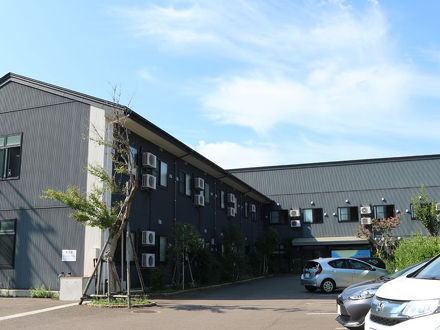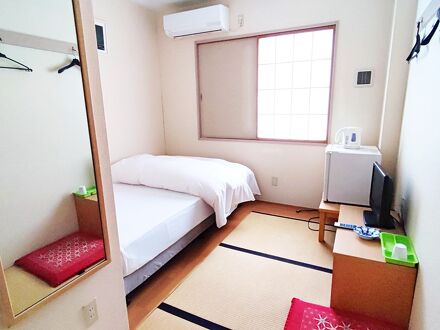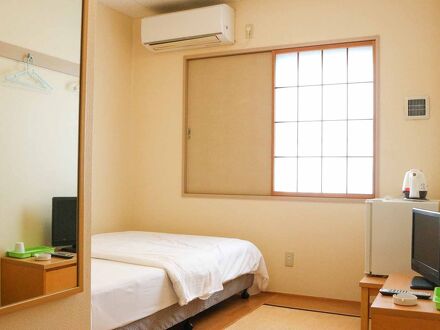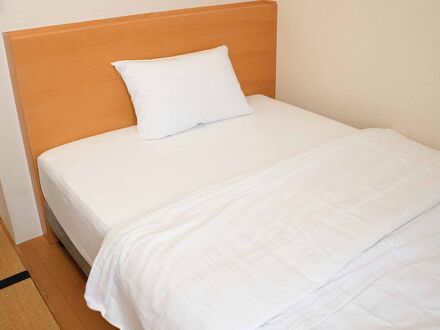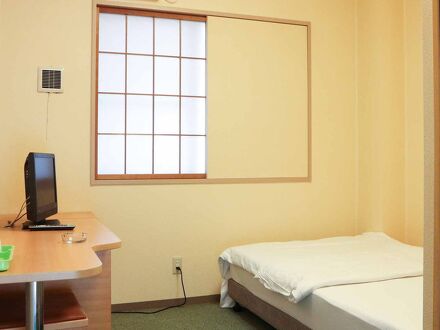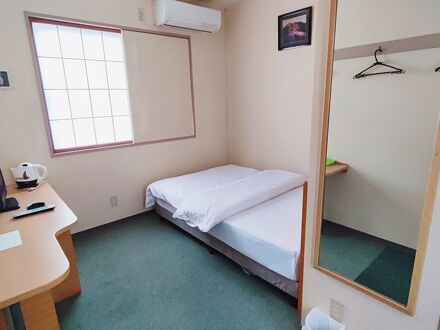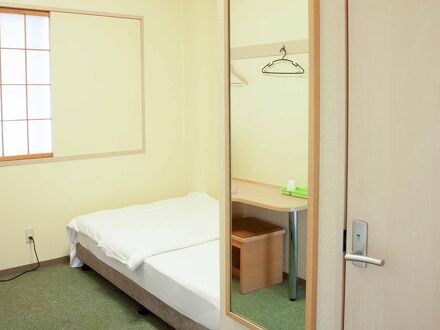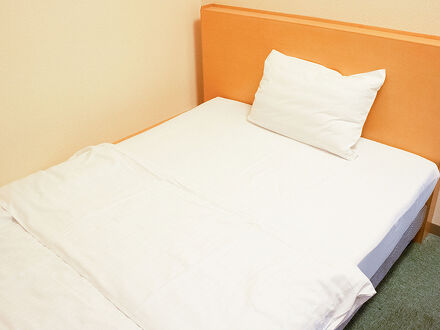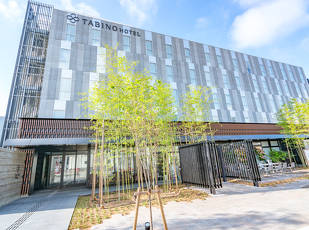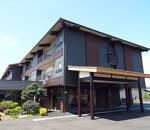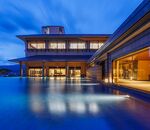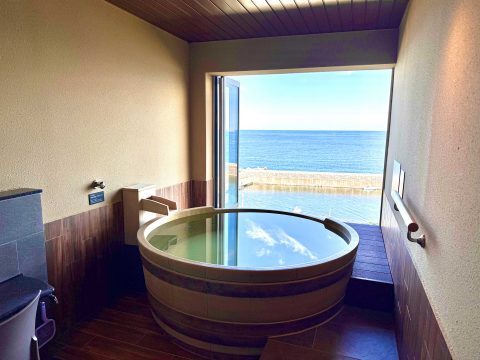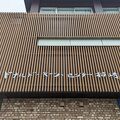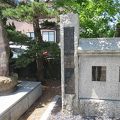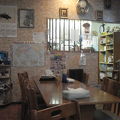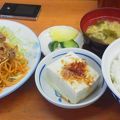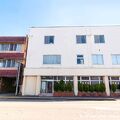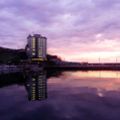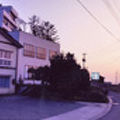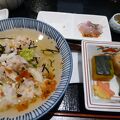日本人であるなしに関わらず、日本語に触れる人であれば必ず訪れるべき、と言っても過言ではない資料館である。展示室を周回するだ...
続きを読むけであれば1時間もかからずで済む小規模な資料館だが、日本語と日本文学に生涯を捧げる程に魅了されたドナルド・キーン氏の軌跡と信条がありありと綴られている。
建物の二階にある展示室は大きく三つに区切られており、『常設展』・『キーン氏の書斎』・『特別展』として用いられている。来館が初回の場合は一階の上映室でキーン氏の生涯やキーン氏縁の人々のインタビュー映像(20分程度)を観ることを勧められるが、必須ではない。『キーン氏の書斎』はニューヨークにあったものがそのまま運ばれ、復元されたもので、窓にあるパネルの景色はハドソン川である。原則として『キーン氏の書斎』のみ撮影可能。
キーン氏が日本文学に魅了された切っ掛けが、アーサー・ウェイリ氏訳の『源氏物語』であることは周知の事実だが、日本文学だけでなく日本語の研究に情熱を捧げることを決定づけたのは、太平洋戦争従軍の経験に他ならない。『常設展』では、主に昭和期に文壇で活躍した作家との交流やキーン氏の研究の対象となった作家について展示されているが、『特別展』では、主に戦時中の日本人を含む様々な人々との交流、それによって積み重ねられた日本語・日本文学研究のプロセスを垣間見ることが出来る。
今は日本文学は様々な言語に翻訳され、世界中で親しまれているが、それに至るまでの基礎を築き上げた彼の功績は、展示の端々からでも目を見張るものがある。
駐車場スペースも充分にあるため、基本的には車での来館となるが、柏崎駅からでも徒歩20分程度であるため、電車からのアクセスも決して苦というわけではない。柏崎散策の過程で訪れるのもいいだろう。
It's no exaggeration to say that this museum is a must-visit for anyone who comes into contact with the Japanese language, regardless of whether or not they are Japanese. It's a small museum that can be visited in less than an hour if only to go around the exhibition rooms, but it clearly shows the path and beliefs of Donald Keene, who was so fascinated by the Japanese language and literature that he devoted his whole life to it.
The exhibition rooms on the second floor of the building are divided into three large sections: "Permanent Exhibitions," "Mr. Keene's Study," and "Special Exhibitions. If it's your first visit to the museum, it's recommended, but not required, that you watch a 20-minute film about Mr. Keane's life and interviews with people related to him in the screening room on the first floor. "Mr. Keene's Study" was transported from New York and restored, and the view from the window panel is of the Hudson River. As a rule, only "Mr. Keene's Study" can be photographed.
It's no secret that Keene's fascination with Japanese literature began with Arthur Weyri's translation of "The Tale of Genji," but it was his service in the Pacific War that determined his passion not only for Japanese literature but for the study of the Japanese language as well. While the "Permanent Collection" displays mainly his interactions with writers active in the literary world during the Showa period and the writers who were the subject of his research, the "Special Exhibition" offers a glimpse into his interactions with various people, including Japanese people, during the war and the process of Japanese language and literature research accumulated as a result of these interactions.
Japanese literature has now been translated into various languages and is popular around the world, but his achievements in laying the foundation for this are remarkable, even from the exhibition's edge.
The museum is basically accessible by car, as there is ample parking space, but it's not difficult to get there by train, as it is only a 20-minute walk from Kashiwazaki Station. It is also a good place to visit as part of a walking tour of Kashiwazaki.
閉じる

